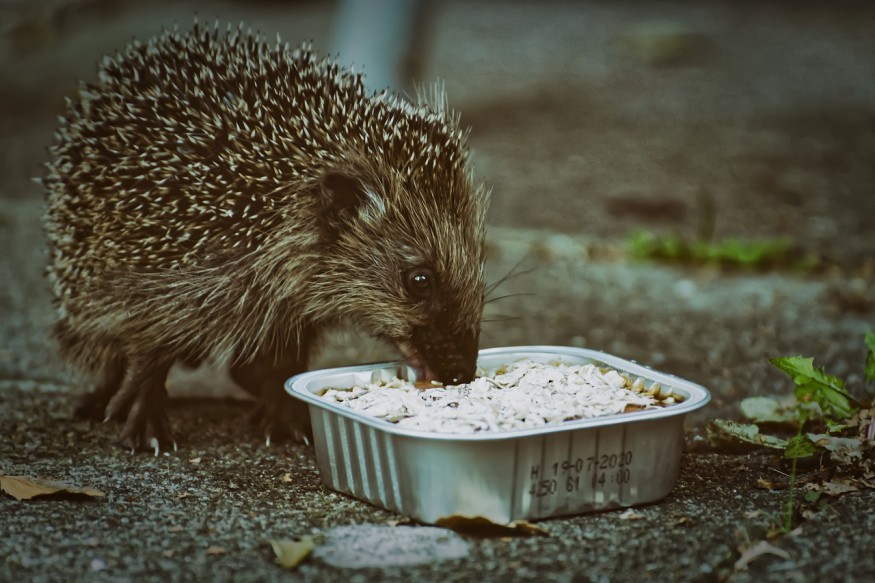New research found that suburban backyards serve as food sources and shelter for wildlife, explaining why animals can sometimes be found in the suburbs more often than wild animals.
Sources of food and shelter
To see wildlife in the Triangle, all you sometimes need is to look in your backyard. Researchers recently published a new study that shows why wild animals frequent suburban places. This is because people feed them, whether deliberately or accidentally, and inadvertently provide shelter to some degree.
According to Roland Kays, the North Carolina Museum of Natural Resources Biodiversity and Earth Observation Laboratory director and a North Carolina State University associate research professor, wildlife use gardens and brush piles and water resources. However, it is the availability of food that most dramatically influenced suburban animal activity.

The urban wild animal paradox
The new study was published in the journal Frontiers in Ecology & Evolution. The authors researched the so-called "urban-wildlife paradox." Scientists know that human development, in general, causes loss of biodiversity. However, there is an inverse effect to this, in that moderately developed areas of human habitation or use also attract a variety and abundance of wild mammals more than wild areas.
According to Kays, wild mammals, particularly in North America, can co-exist with humans, and in fact, they do quite well in some places.
Determining the cause of abundance
To determine the cause of wild mammal abundance in suburban areas, the study authors set up cameras in 58 backyards near Durham, Raleigh, and outside Chapel Hill. They also set up cameras in nearby forested urban and rural areas to compare data.
The camera found that seven mammalian species have been in yards more frequently than in forests. These mammals include squirrels, red and gray foxes, woodchucks, Virginia opossums, eastern chipmunks, and eastern cottontail rabbits.
Meanwhile, eleven other mammal species, particularly raccoons, squirrels, and white-tailed deer, were found to be more common in the forests of suburban areas compared to rural forests.
READ ALSO: Elephant Brothers'Brothers' Walkabout Across West Africa Brings Collaboration Across Three Countries
Fed by humans
The most massive impact influencing abundant wildlife in backyards comes from the feeding of these animals by humans, especially birdfeeders.
The most commonly found animals taking advantage of feeders are eastern gray squirrels, which can be found more commonly at the feeders than the forests. Opossums, raccoons, and cottontail rabbits are also common patrons.
Kays says that direct subsidies from humans constitute a major cause of the paradox, which shows how property and homeowners' decisions can significantly impact wildlife in an area.
A few sightings of predators, particularly foxes and coyotes, were seen feeding on the compost. According to the researchers, the attraction is not as healthy for predators. Even though they are attracted by prey, the latter would need to increase 713 times in number for predator numbers to double.
Is attracting wildlife excellent or bad?
Kays raised the question of whether attracting wildlife in backyards is good or not. We are told not to feed bears, but what about small birds, rabbits, raccoons, and squirrels? When will it become harmful to feed wildlife? People want them around, and they support the ecosystem. Still, there will come the point that conflict with humans will occur, as this wildlife continues to "invade" suburban backyards for food and shelter.
Check out more news and information on Endangered Species on Nature World News.
© 2025 NatureWorldNews.com All rights reserved. Do not reproduce without permission.





